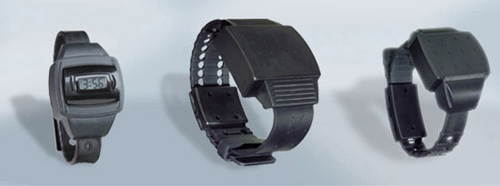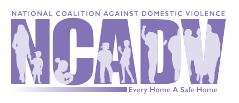GPS Success Stories
A 2012 Evaluation Study on GPS Monitoring Technologies and Domestic Violence funded by the Department of Justice examined the implementation of GPS Monitoring technology in enforcing no contact orders in domestic violence cases.
- The study found that GPS monitoring provided victim’s relief from the kind of abuse suffered prior to the GPS monitoring. (However, some noted problems and concerns over how agencies and courts applied the technology).
- It was found that there were practically no contact attempts and fewer violations compared to those placed in traditional electronic monitoring or house arrest.
- Offenders enrolled in the program had a lower probability of being rearrested for a domestic violence offense during the one-year follow-up period, as compared to other offenders on other types of monitoring or supervision.
- It found that there was a similar conviction rates for offenders on GPS monitoring as those who were in jail during the pretrial period and a higher likelihood for conviction compared to those released on bonds without supervision.
- It also found that GPS monitoring protected the offenders from accusations, added structure to their lives, and enabled them to envision futures for themselves without the victim.

What you can Do
- Three quarters of Americans (75%) say they would step in and help if they saw a stranger being abused, but fewer actually help when faced with a situation of abuse.
- 70% of women domestic violence survivors report telling someone what has happened to them, yet more than half of those who told someone (58%) report that no one helped them.

A safety plan to help friend, family member or co-worker who is a victim of domestic violence and other resources are available here (NCADV).
